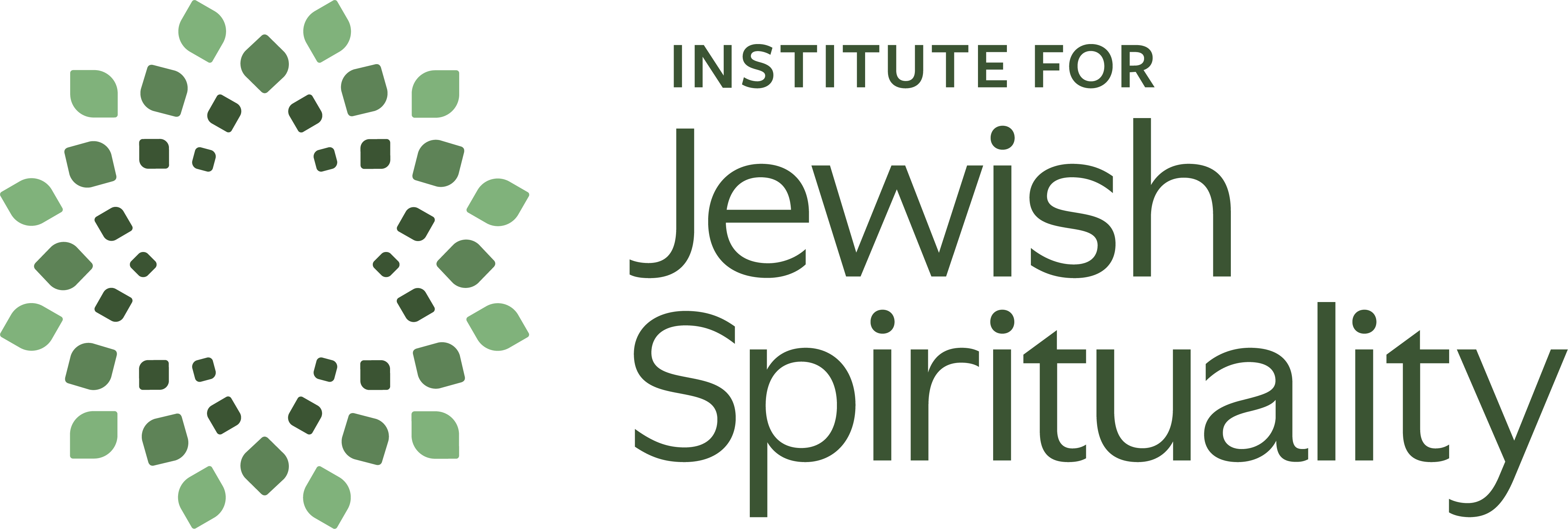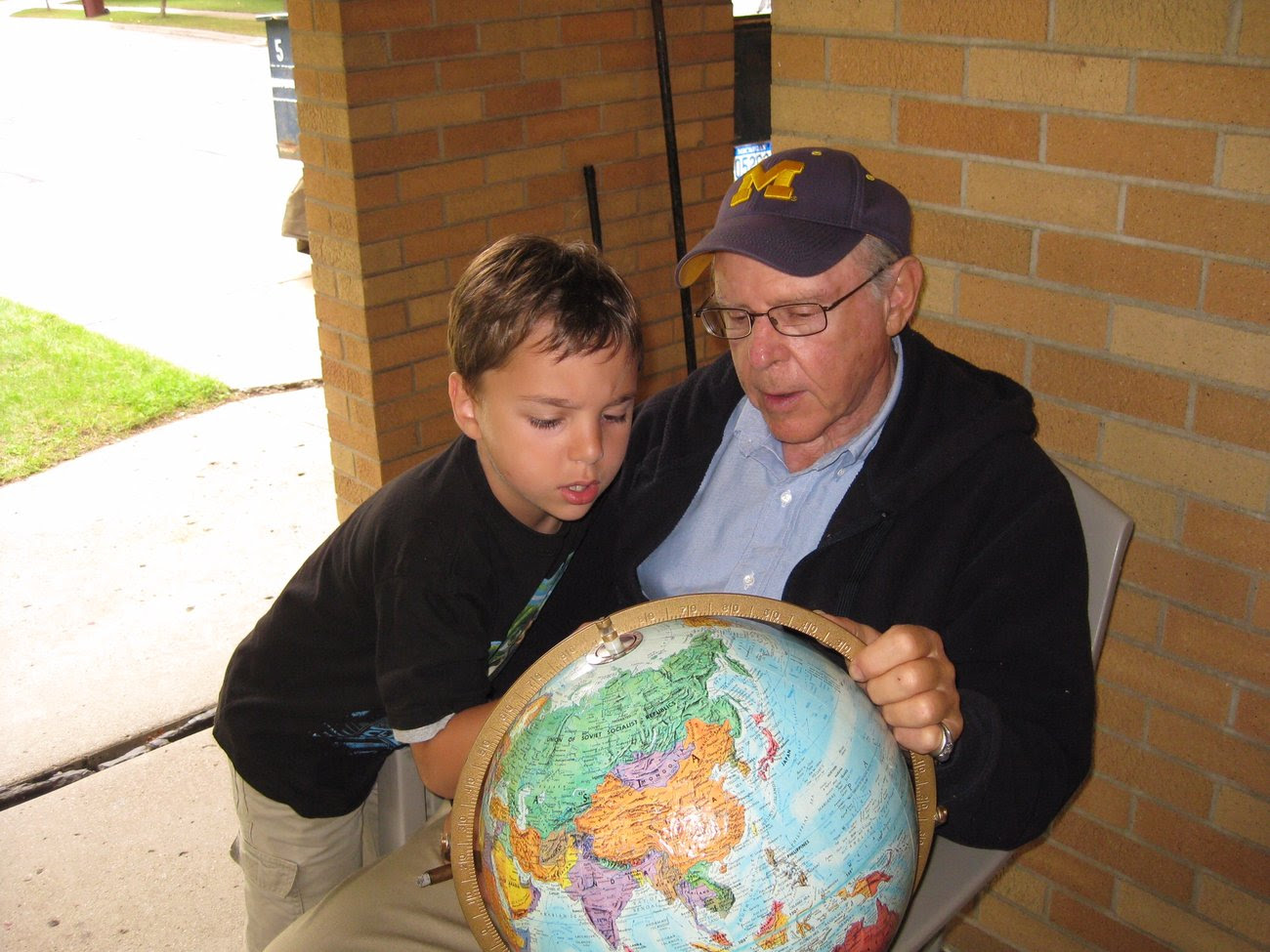I was blessed to grow up in the same house my entire childhood. My parents moved into 1258 Crosby Crescent in Ann Arbor in 1969, and my mom only left the house after my dad died 49 years later. I have no memories of moving during childhood; the first time I packed a moving box was when I went to college.
My father, God bless him, had a hard time parting with material things, and by the time he passed away there was a lot of stuff in the house that had to be cleared out and repaired in order to get the place in condition to sell. That was a big enough job on its own, and it became significantly more complicated when the pandemic hit about 15 months after he died, especially because my oldest brother lives in Israel and the three of us generally wanted to work on this project as a team.
As time dragged on and the magnitude of the task took on greater and greater weight—physically, but especially emotionally and psychologically—I came to feel that it was more than I could handle. The enormous task of going through everything while also juggling job and family responsibilities—which included care for my aging mom, who moved to live near us in the Chicago area—was fueling resentment and anger towards my father, and I didn’t want to continue to stew in those juices. So I told my brothers I didn’t want to go to Ann Arbor anymore, and that they were free to do whatever they liked. Thankfully, they took up the task and completed it, and eventually the house was sold to a great guy who wanted to live in it and fix it up himself. (He even sent us pictures of his work.)
In December 2023, our family took a road trip from Chicago to visit relatives and friends in Toronto. Ann Arbor is just about half way on the journey, so we stopped there for the night. (It was the first time I ever stayed in a hotel room in my hometown.) Before we went on to Canada, I decided I wanted to drive by the house. It had been more than four years. I didn’t need to go inside, I just needed to see it. So we pulled up on Crosby Crescent, and I stopped the car across the street, looked, and took it in. I felt some softness towards my dad, some loosening of knots that had been tight for too long. It was enough.
One thing I’ve noticed over these years since my dad died and the house was sold is that my relationship with home has changed. While my primary sensation of home in my adult life has always been wherever my wife and children and I have been living, as long as my parents lived in our childhood home, I still felt a gentle tether there. Sitting next to the eastern window in shul, I found myself imagining that just over the treeline was Lake Michigan, and just beyond the eastern shore of the lake was the state itself, and if I went just a little further (to exit 172 on I-94), I could walk home. Since that visit on the street outside the house, I don’t have that sensation anymore.
Parashat Pinchas includes the final census of the Israelites in the Torah, which is clear about the rationale: “Among these shall the land be apportioned as shares” (Num. 26:53). The Sefat Emet comments: “The essence of the giving of the land of Israel is in the spiritual root: Every one of the children of Israel has a root in the land of Israel—in both its upper (spiritualized) and lower (physical) manifestations. Thus the counting, which took place before the people entered the land, was to establish each person with their spiritual root—the written and oral Torah, in which every one of the children of Israel has a share. As we say [in the closing meditation after the Amidah prayer]: ‘…May You grant us our portion in Your Torah.'”
The Sefat Emet points us towards what I have come to understand as the telos of spiritual practice: to find and sense ourselves as truly, deeply at home in the universe. And he invites us to consider the multiple registers in which that at-homeness plays, as reflected in his comment that our inheritance—that is, our spiritual root, our place of deepest spiritual home—includes both a physical dimension (the actual land) and an intellectual and spiritual one (Torah). It is not either/or, it is both/and. Like all human beings, we have bodies, and thus need a physical home and homeland; and we have hearts and minds and language, and thus need an intellectual and spiritual home. Our roots lie, simultaneously, in both.
As my own story illustrates, however, our relationship with home is not a simple thing. A blessing and curse of our humanness is that we can experience, seemingly simultaneously, a host of conflicting emotions vis a vis home. These can be bound up with thoughts and feelings about parents and siblings, with deep chords of memory, with our very sense of self.
One of the great invitations and challenges of Jewish spiritual practice is to acknowledge and welcome the fulness of that complexity, the fullness of ourselves—and to do it together, as a community. As the Sefat Emet writes: “Each person is meant to inherit the particular place [embodied/physical and spiritual – JF] that is uniquely right for them. When that happens, they can love one another”—which, he adds, is the necessary condition for re-making a home for the Divine on the earth.
This is the season when the Jewish calendar challenges us to remember the disconnection and hatred that led to the destruction of that home two thousand years ago. Yet the problem highlights the solution, one that is so profoundly simple and also so terribly hard: To help ourselves, and to help everyone, sense they are truly, deeply at home in the universe.

